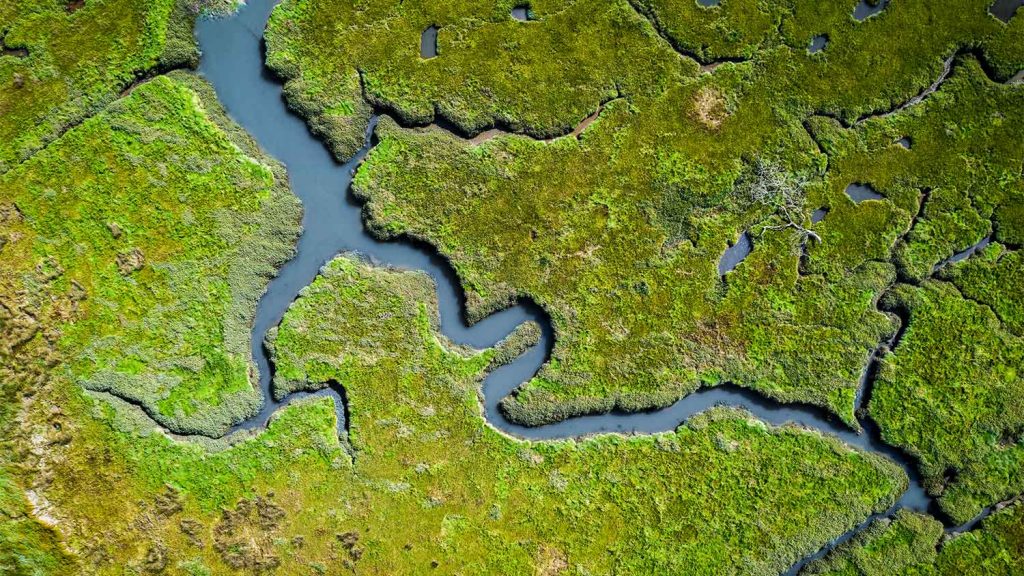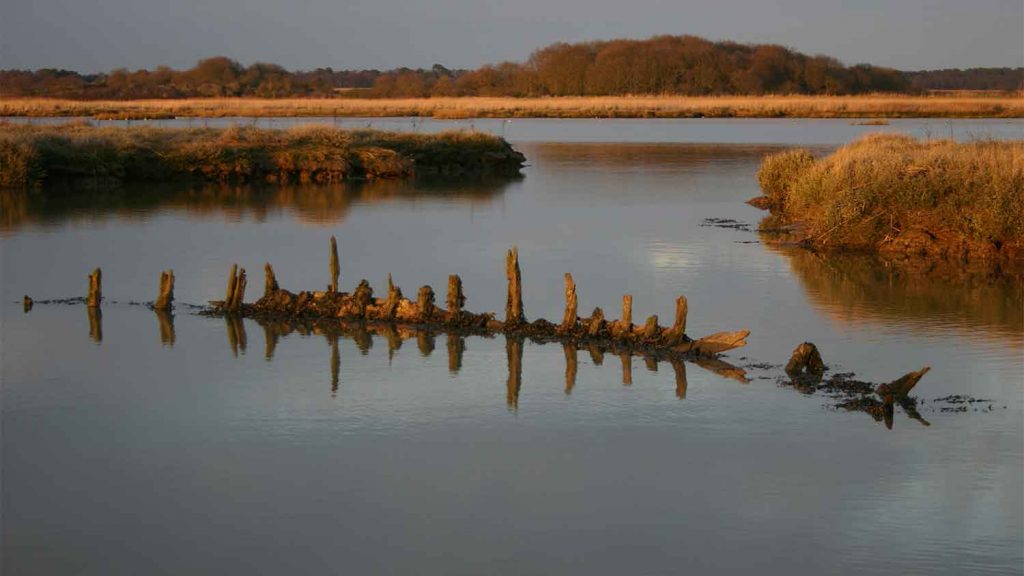For someone working in conservation, the pandemic – with its close links to the destruction of our natural environment – can prompt despair at the years of ignored warnings.
However, there is also hope. This last year has highlighted quite how much people value their local green spaces – and the blue spaces as well, from the mightiest river to the tiniest rain garden.
Moreover, these extraordinary times also present a precious chance to reset our course, to build back better and to address properly the climate, nature, and wellbeing crises we were already facing before COVID-19 arrived.
The Wildfowl & Wetlands Trust (WWT) has joined many other organisations in calling for a ‘green recovery’, and we are calling for a ‘blue recovery’ too, which makes better use of these blue spaces.
We propose restoring and creating 100,000 hectares of wetlands – blue infrastructure that would help people back onto their feet, renew local communities and strengthen our defences against future challenges.
In a blue recovery, every hectare of new wetland would fulfil many purposes. This could be sequestering and storing carbon, reducing flood risk, improving wellbeing, restoring biodiversity – or a mix of these benefits and more besides.
Wetland creation is exactly the kind of ‘nature-based solution’ approach – working with natural processes and enhancing nature to address broader societal problems – that sits at the heart of the UK’s 25 Year Environment Plan.
The Government has identified the use of nature-based solutions as one of the UK’s priorities in chairing the United Nations Climate Change Conference (COP26) in Glasgow in November. But when it comes to wetlands, what is in it for local communities?
Across the UK, communities have benefited from wetland restoration and creation. However, our wetlands today comprise only a small fraction of their historic extent (around 90 per cent of our wetlands have been lost).

Coastal wetlands, Wales 
Snape Marshes Nature Reserve, Suffolk
To unlock their full potential, we need to move from the current ad hoc approach to a strategic one. This potential is huge, since the contribution wetlands make far outweighs those made by other terrestrial ecosystems.
On the coast, salt marsh creation, such as WWT’s reserve on the Steart Peninsula in Somerset, stores more carbon, more quickly than other terrestrial ecosystems.
Inland, natural flood management, which uses wetland features to slow the flow and hold water back – such as WWT’s Government-backed pilot project in west Somerset – is a proven, effective and low-cost way to help reduce flood risk.
In urban areas, spending time in blue spaces – such as our project to restore the Salt Hill Stream in Slough – can be even more beneficial for someone’s wellbeing than green spaces.
And from cities to countryside, many wetlands we have designed and installed are filtering out a wide range of pollutants and helping to bring life back to rivers and other water bodies.
Local communities rely upon wetlands as critical sources of ‘natural capital’ – the stocks of natural assets ranging from drinking water to a broad variety of wildlife that underpin our economy and wellbeing.
As a shaper of place, local authorities can use wetland creation to protect and replenish these essential local assets and to build resilient, prosperous communities for the future.
It is also good news for stretched budgets: wetland creation provides an excellent return on investment, with the Natural Capital Committee noting that this can generate returns of up to nine times the costs.
With growing pressure to tackle the climate and nature crises, as well as to face the emerging nationwide wellbeing crisis, how can local authorities incorporate wetland creation into their response?
We need an established process. Successful wetland creation must combine practical conservation work with capacity building and community engagement. By providing training, advice, and other forms of support, we can help people create wetlands themselves.
And, through consultation and co-design, education and awareness programmes, and volunteering and employment opportunities, we can help the people who live and work near wetlands to value them into the future.
We need partnerships. No single organisation can deliver 100,000 hectares. The UK Government recognises the 25 Year Environment Plan can only be delivered in partnership and across all sectors, including voluntary organisations like ourselves, local government and communities.
We need a supportive policy and funding framework. This means identifying and addressing barriers to a blue recovery, whether this is providing critical information, making better use of existing strategies or developing funding streams. Working together, we can build a world where healthy wetlands thrive and enrich lives.
Local path to net zero
The LGA’s work on a ‘Local path to net zero’ seeks to promote local leadership on climate action and the role of councils as essential partners, in the run-up to the United Nations Climate Change Conference (COP26) in November.
Focusing on the five campaign areas identified by the UK Government for COP26 – energy transitions, clean transport, nature-based solutions, finance, and adaptation and resilience – we have planned a programme of activity including webinars, think pieces and videos in the months leading up to the conference.
We have invited stakeholders, partners, think-tanks and industry experts to share their perspectives on the importance of local action in tackling climate change.
The first of these contributions is now on our website, and this article from the Wildfowl and Wetlands Trust (above) is an edited version of one of these. See www.local.gov.uk/net-zero for more.